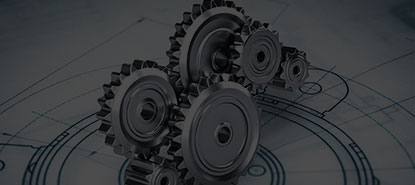1. What is an Electric Hoist?
Electric Hoist, also known as an electric hoist, is a lifting device that uses electricity to drive. It converts electrical energy into mechanical energy through an electric motor and is used to lift and move heavy objects. Electric hoists are widely used in construction sites, factories, warehouses and other places.
2. What are the main components of an Electric Hoist?
The main components of an Electric Hoist include:
Motor: Provides the power required for lifting and moving.
Drum or sprocket: Used to wind or pull wire rope or chain.
Wire rope or chain: Used to connect and lift heavy objects.
Hook: Used to hang heavy objects.
Control system: Used to operate the lifting and lowering of the electric hoist.
3. How to choose a suitable Electric Hoist?
The following factors should be considered when choosing an Electric Hoist:
Lifting weight: Determine the maximum weight required to be lifted and select an electric hoist with the corresponding rated load.
Lifting height: Select the appropriate lifting height according to actual needs.
Working frequency: Consider the frequency of use and working environment, and choose the appropriate working level and protection level.
Power supply requirements: Confirm the power supply type and voltage requirements, and choose a compatible electric hoist.
4.What are the safety precautions for Electric Hoist?
When using Electric Hoist, the following safety precautions should be followed:
Do not overload to avoid equipment and personal accidents.
Check the equipment regularly to ensure that the wire rope or chain is not damaged and the hook is not deformed.
During operation, ensure that there are no obstacles around to prevent collision of hoisted objects.
Perform a test lift before use to ensure that the equipment works properly.
Perform regular maintenance and care to extend the service life of the equipment.
5. What does the maintenance of Electric Hoist include?
The maintenance of Electric Hoist mainly includes:
Regular lubrication: Lubricate the motor, drum, sprocket and other components to reduce wear.
Check fasteners: Ensure that the bolts, nuts and other fasteners of each component are not loose.
Check the electrical system: Regularly check electrical components such as cables, switches, and wiring to ensure that they are not damaged.
Cleaning equipment: Regularly clean the dust and debris on the surface of the electric hoist to keep the equipment clean.
Replace wearing parts: Replace wearing parts such as wire ropes and chains in time according to usage.
6. What are the common faults and solutions for Electric Hoist?
Common faults and solutions include:
The motor does not start: Check whether the power connection and switch are normal, and confirm whether the voltage meets the requirements.
The lifting speed slows down: Check whether the motor, reducer, wire rope or chain is worn or stuck.
There is an abnormal sound during lifting: Check the lubrication of each component and confirm that there are no loose parts.
The hook cannot be lifted or lowered: Check the control system to confirm whether the switch and cable are connected normally.
7. What are the regulations and standards that need to be paid attention to when using Electric Hoist?
When using Electric Hoist, the following regulations and standards should be followed:
National and local safety production regulations to ensure that the use of equipment complies with relevant legal requirements.
Industry standards, such as ISO, ANSI, ASME, etc., to ensure that the equipment design and manufacturing meet international standards.
The manufacturer’s operating manual and maintenance guide ensure that the equipment is operated and maintained in accordance with regulations.







